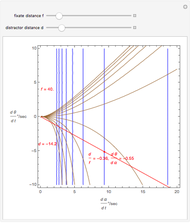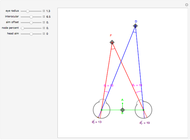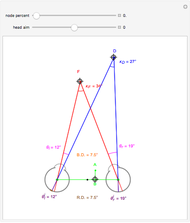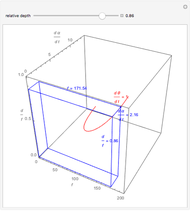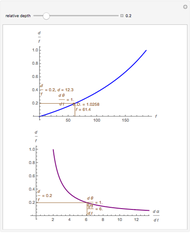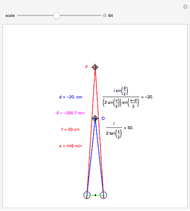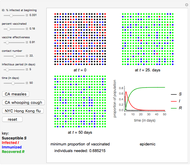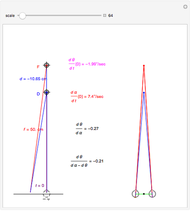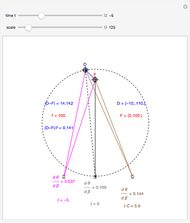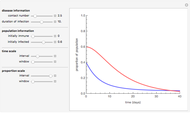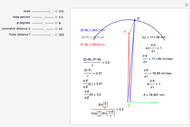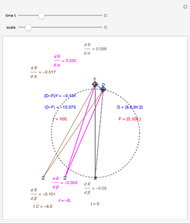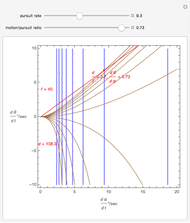Fixation and Distraction (Visual Depth Perception 5)

Requires a Wolfram Notebook System
Interact on desktop, mobile and cloud with the free Wolfram Player or other Wolfram Language products.
This Demonstration shows the horizontal "fixation plane" of the eyes. The observer is looking mainly at F, but also sees D. The point F is called the "fixate" and the secondary point D the "distractor". You can drag the base point, B, fixate point, F, and distractor point, D. The slider lets you move the direction of the aim of the head.
[more]
Contributed by: Keith Stroyan (March 2011)
Open content licensed under CC BY-NC-SA
Snapshots
Details
For more information on the fovea, see the Wikipedia entry.
Permanent Citation
"Fixation and Distraction (Visual Depth Perception 5)"
http://demonstrations.wolfram.com/FixationAndDistractionVisualDepthPerception5/
Wolfram Demonstrations Project
Published: March 7 2011








